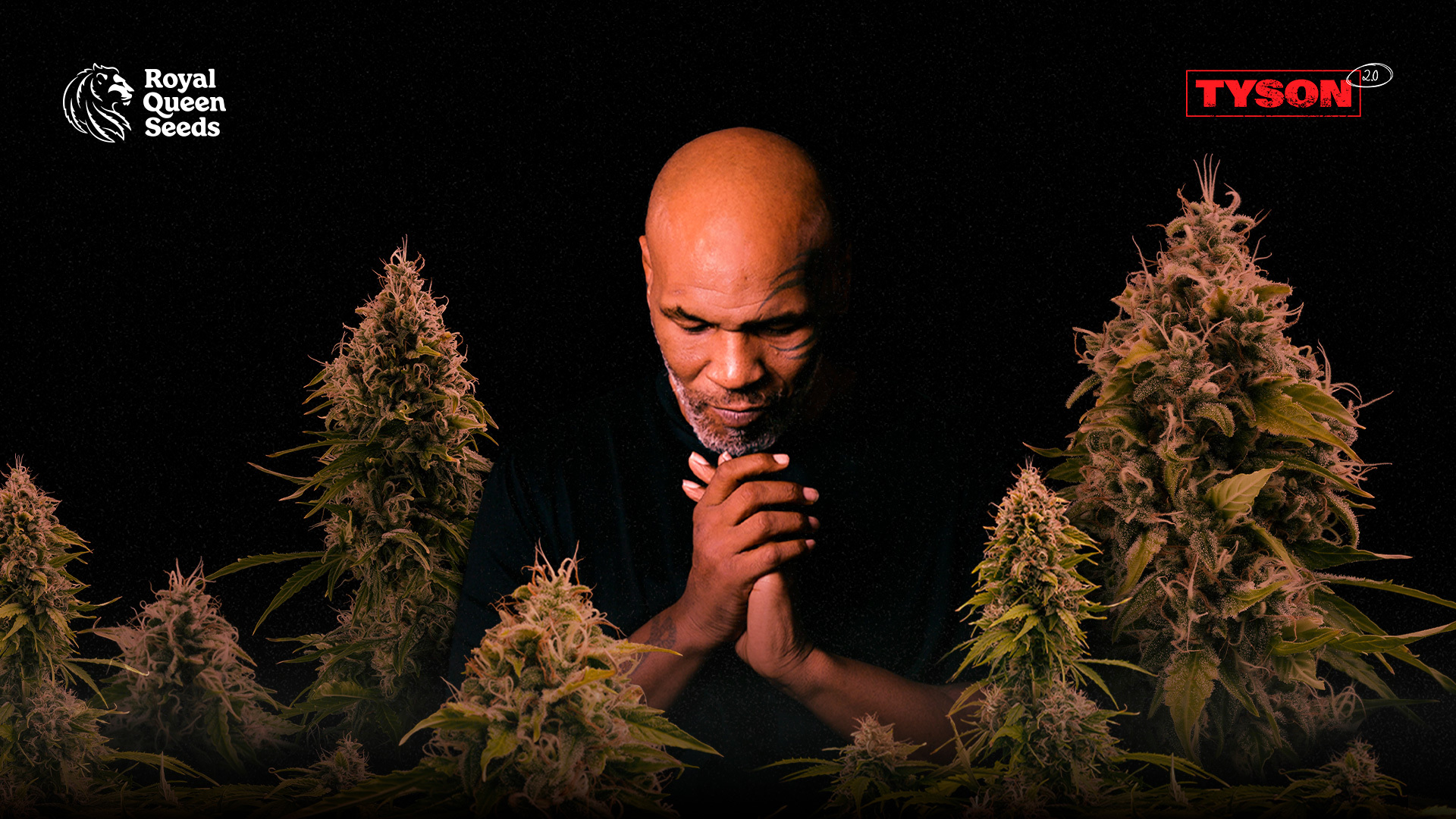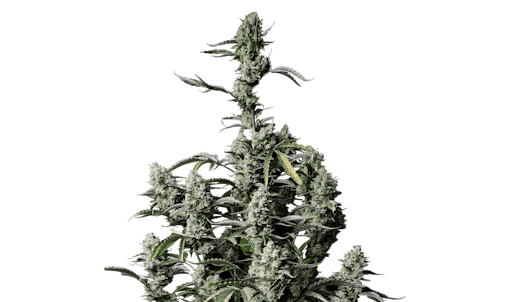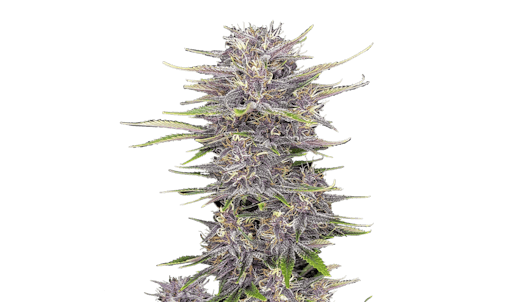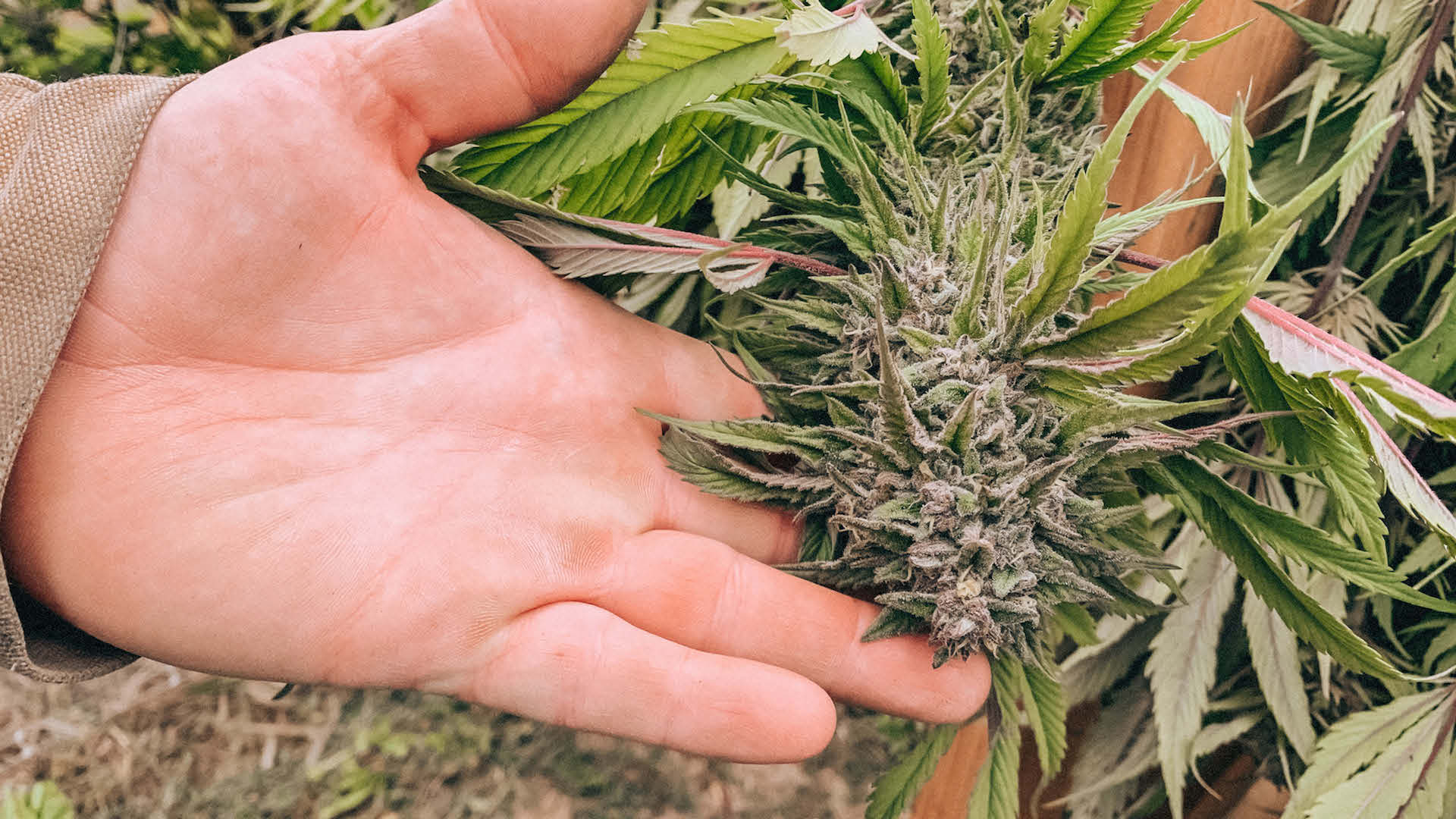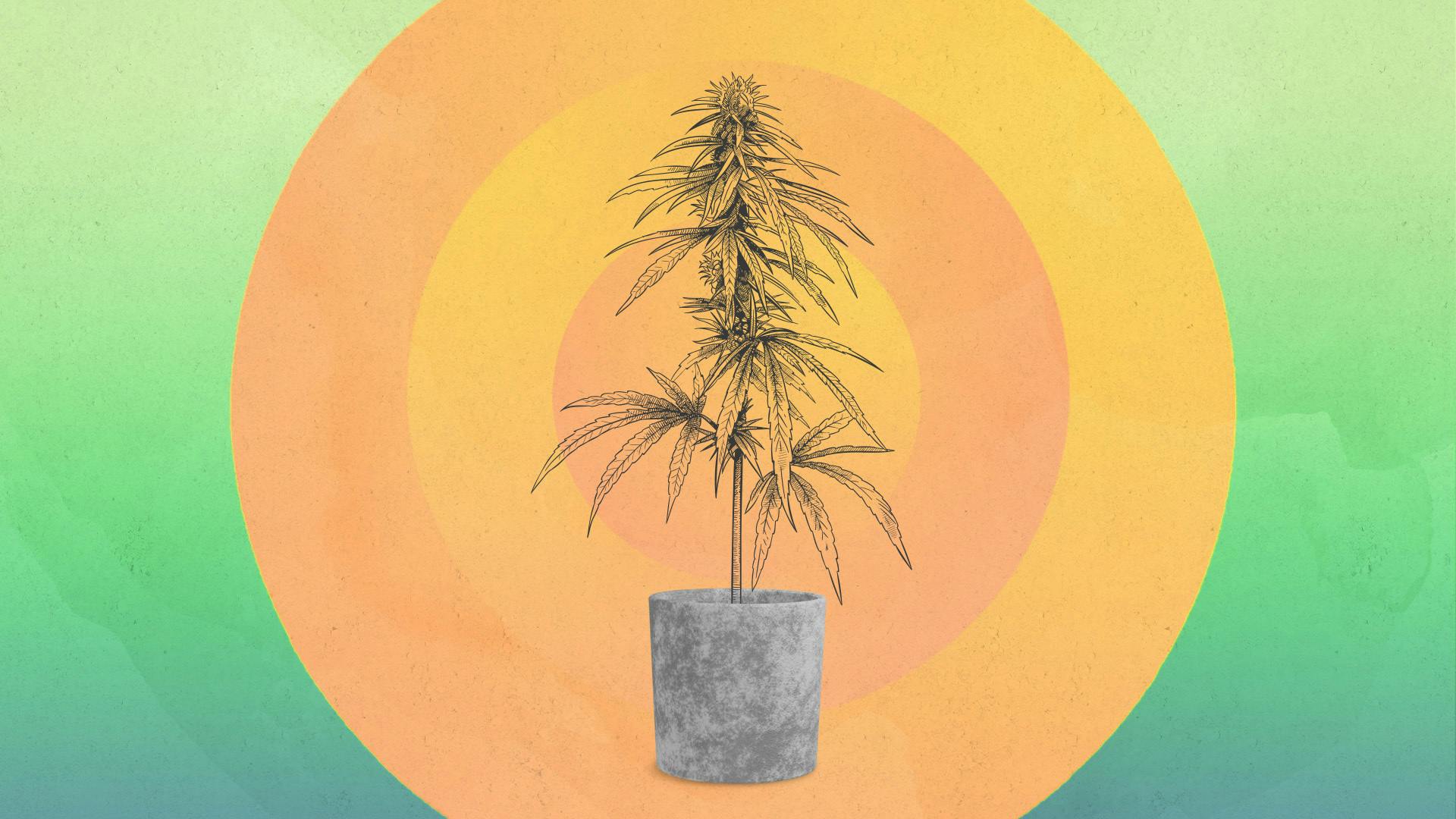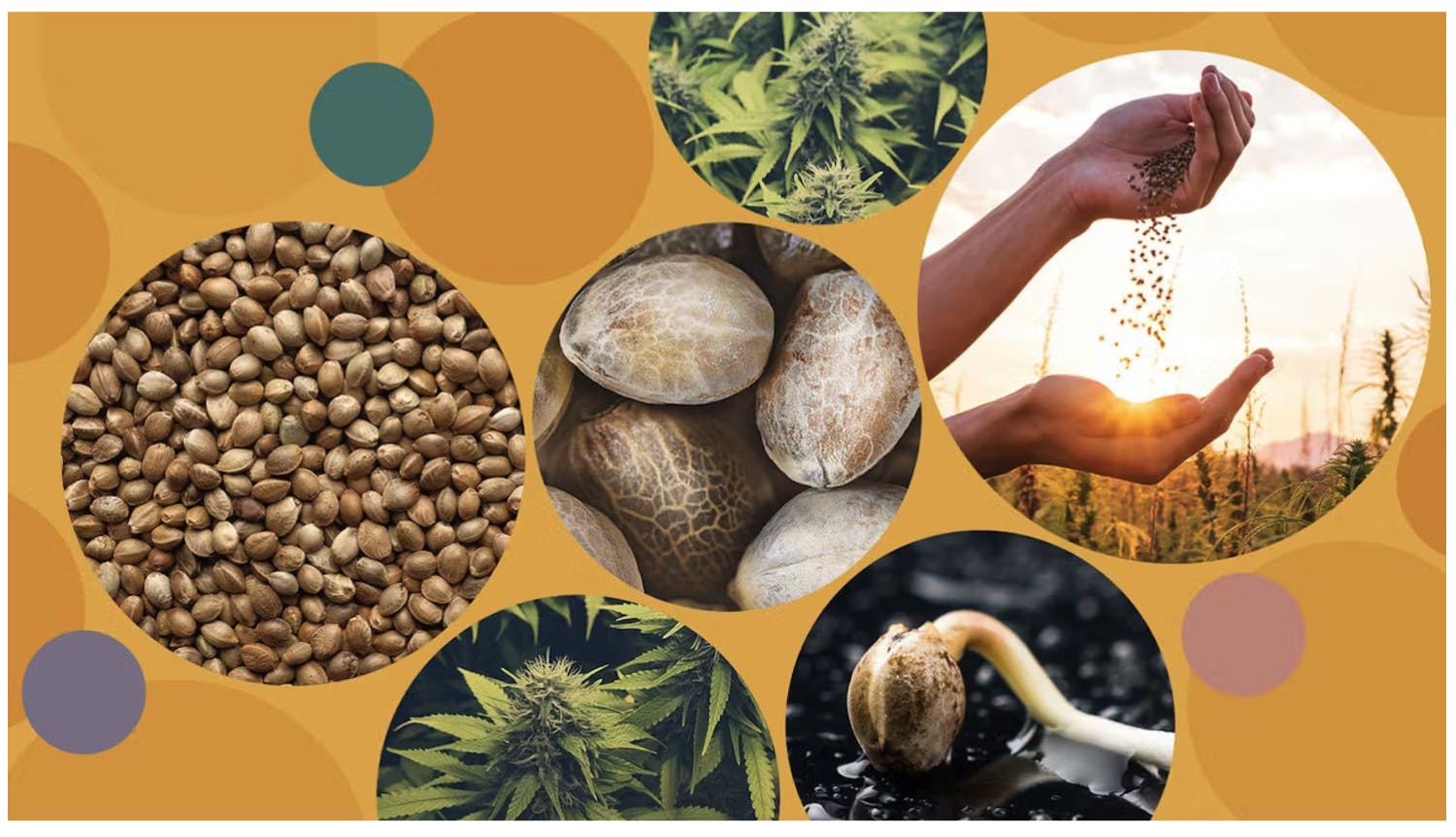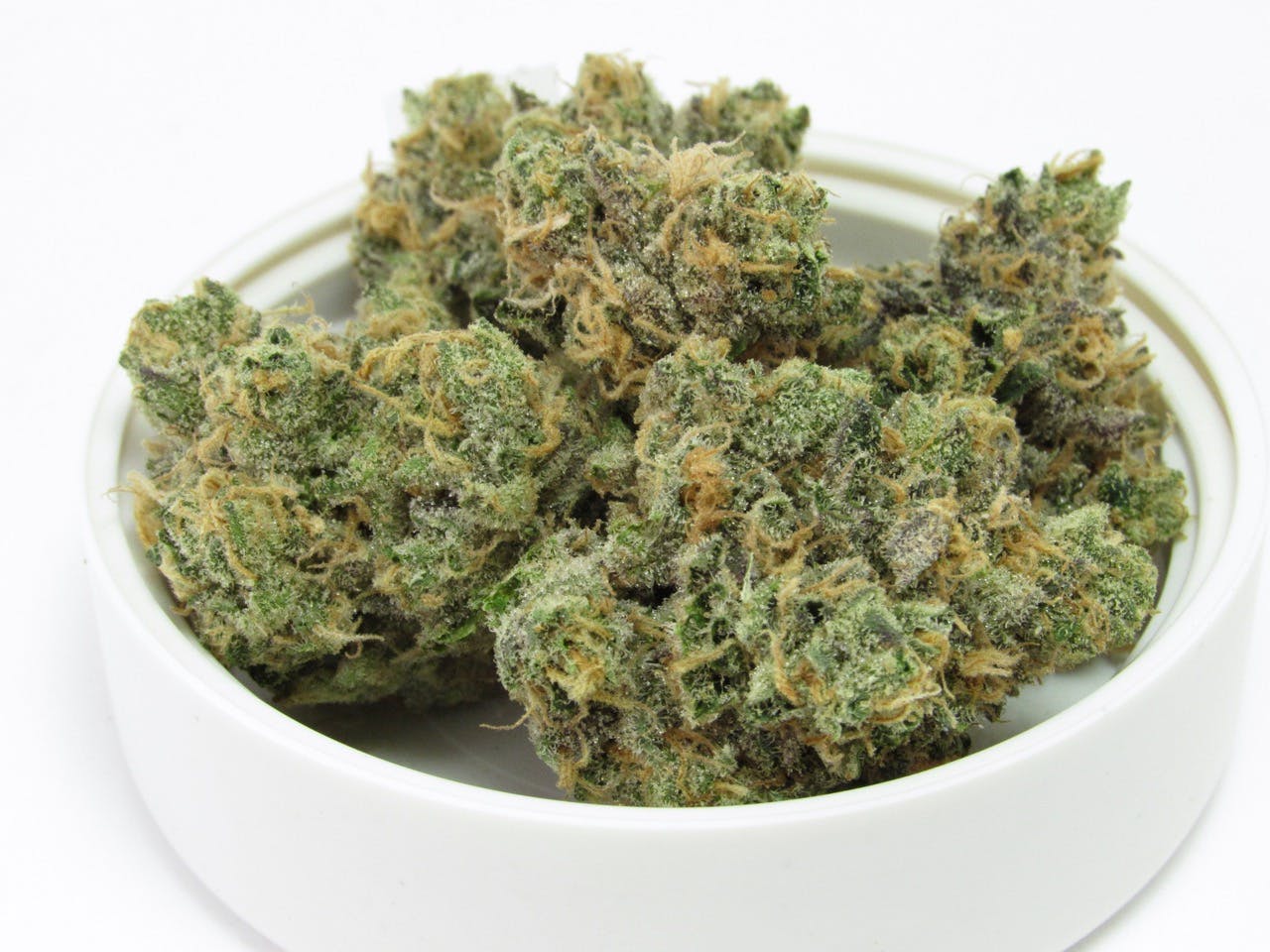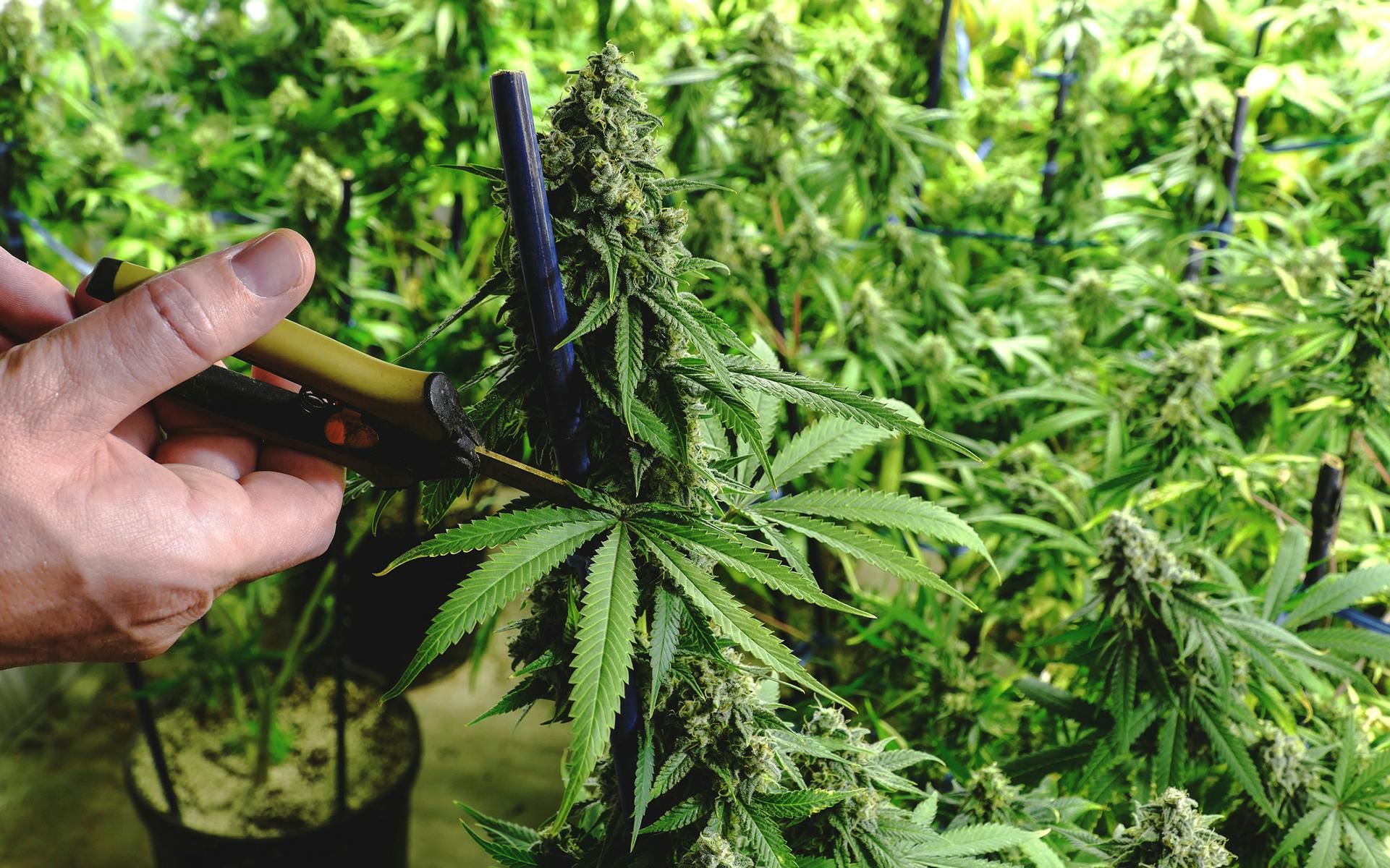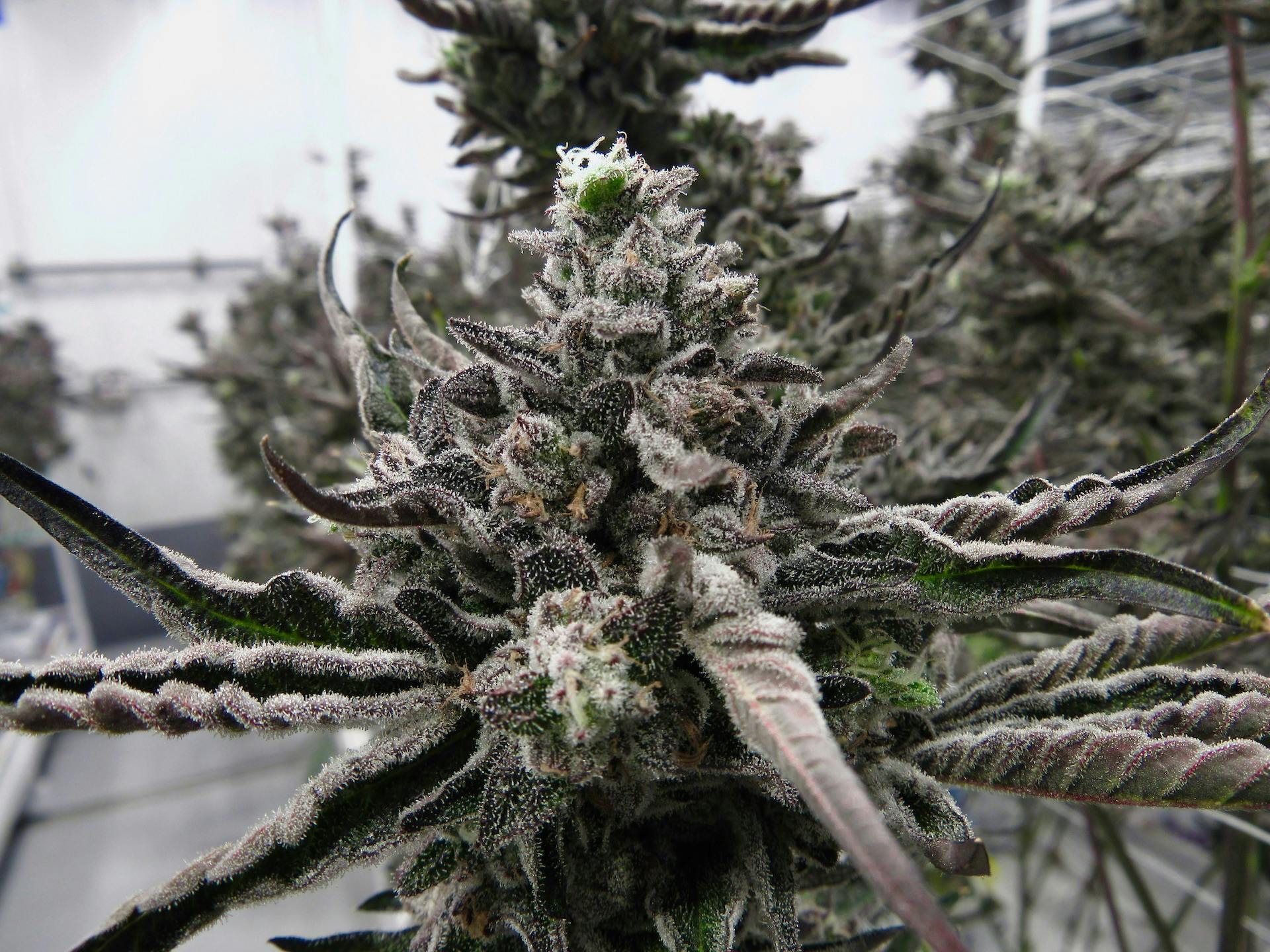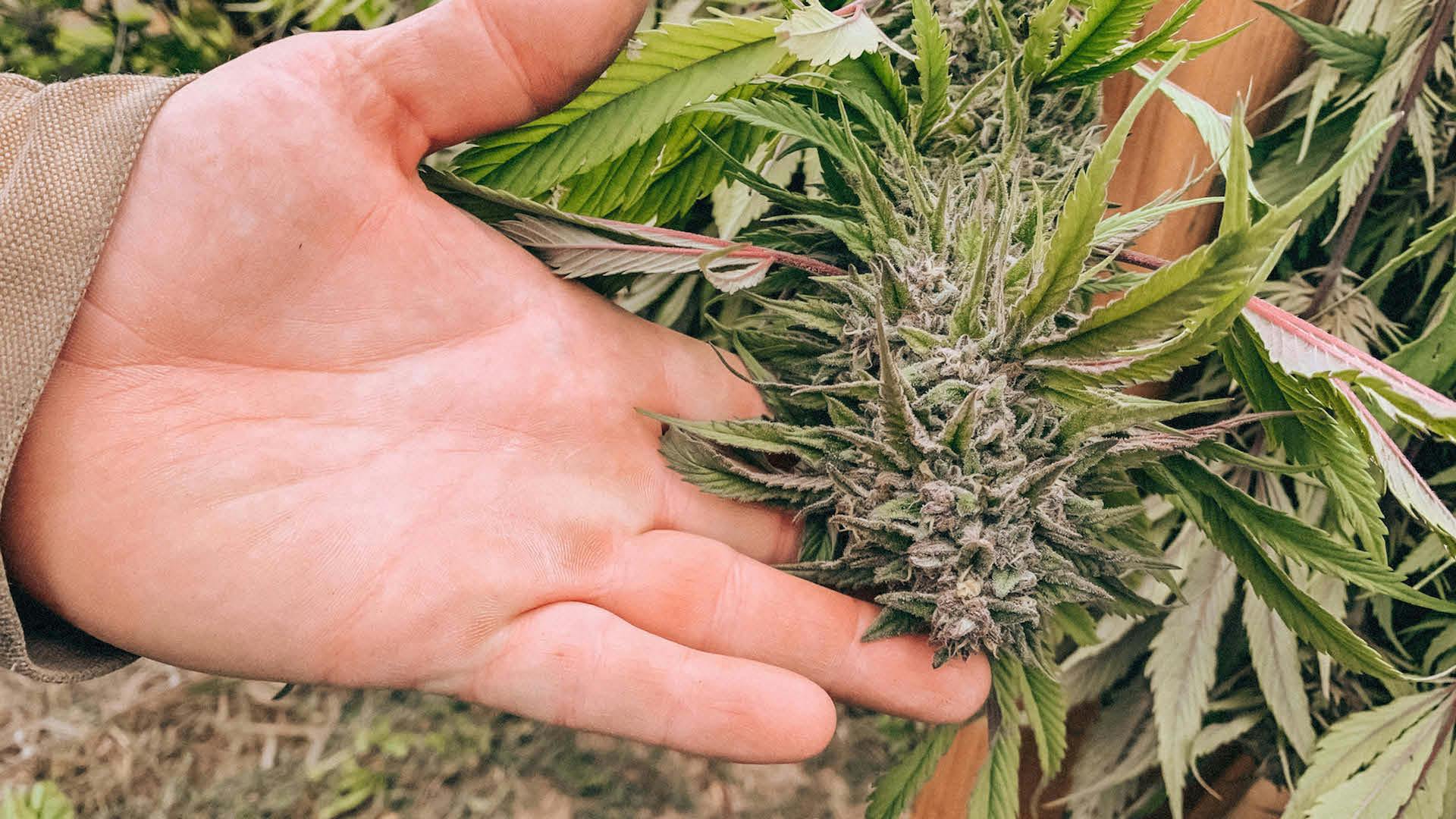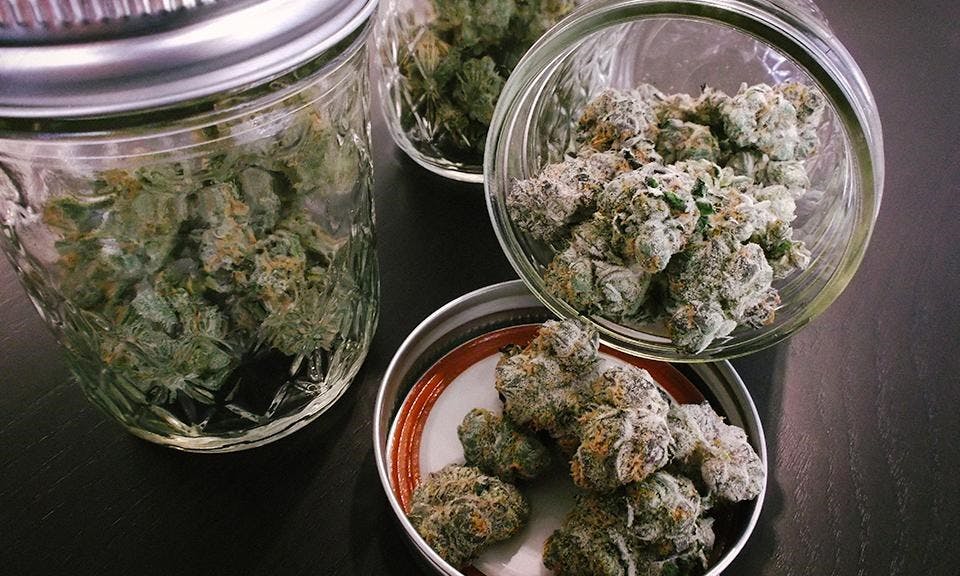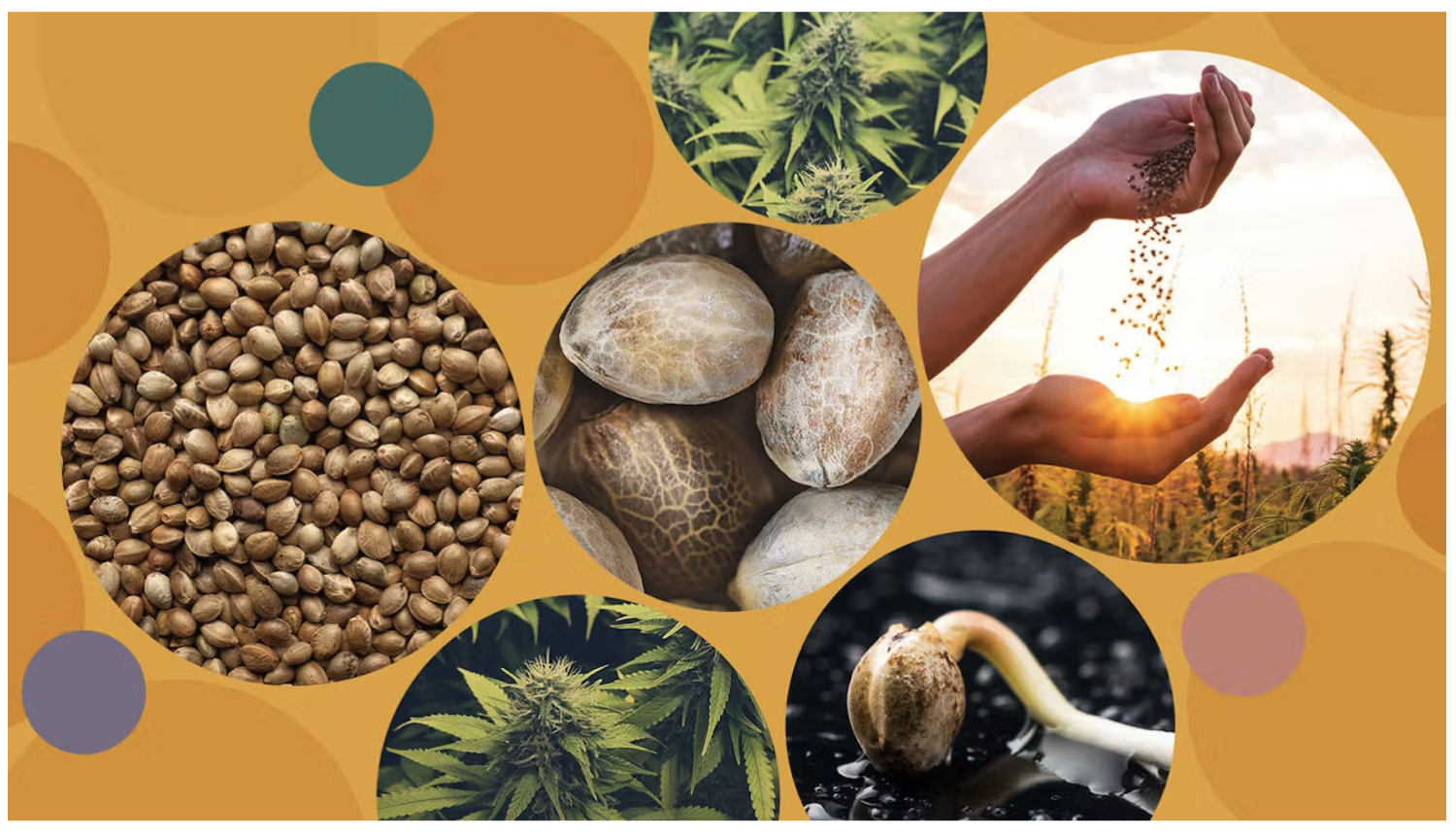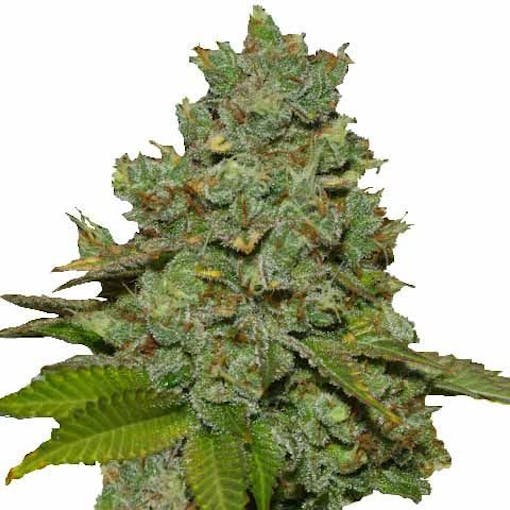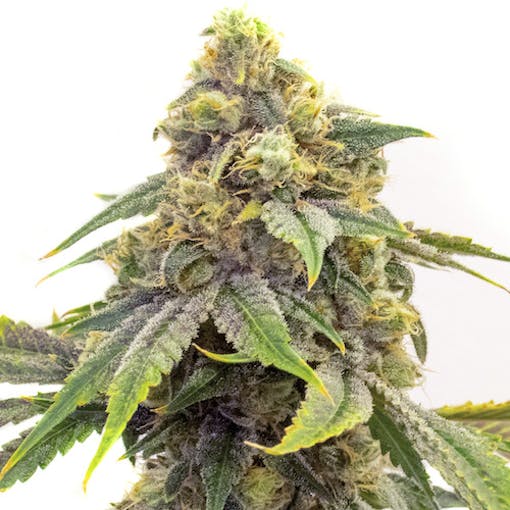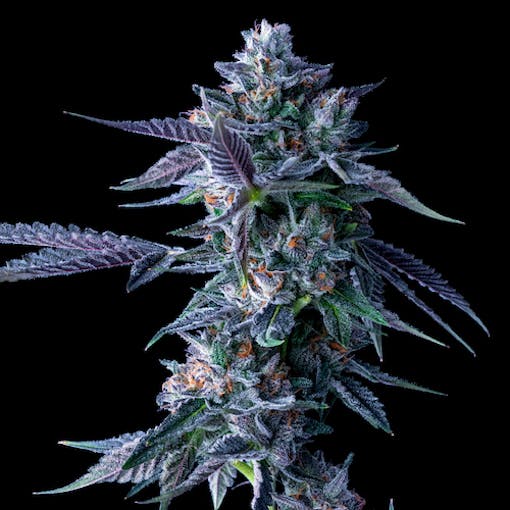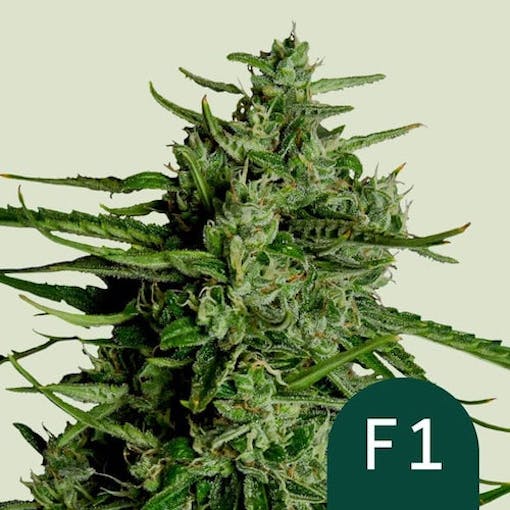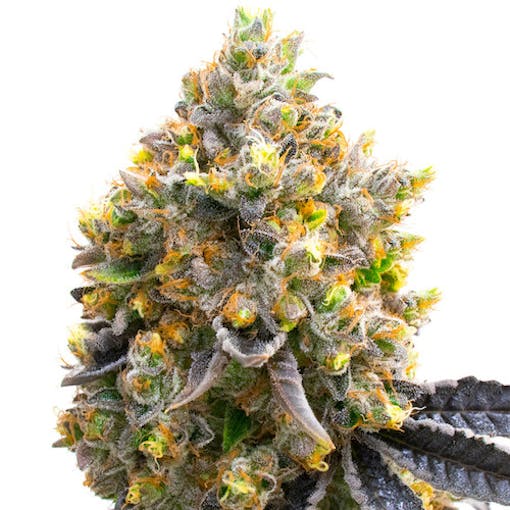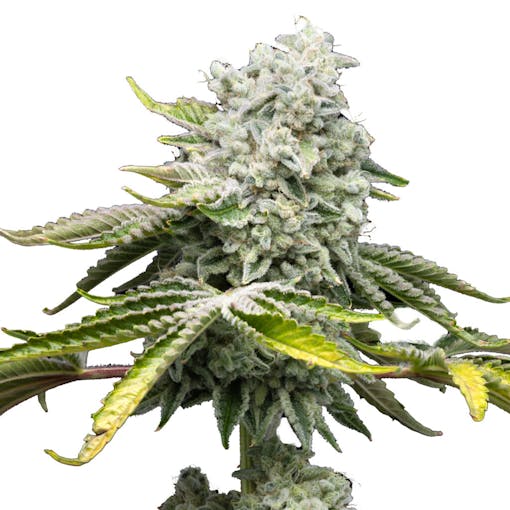The King of the Ring & the Queen of Seeds make a great 1-2.
Royal Queen Seeds, the award-winning European seed bank that has recently captured the hearts and minds of many American growers, isn’t the type of outfit to just sit around on its laurels. Their high-quality genetics and respect for cannabis tradition have earned both our interest and respect ever since they made their way across the Atlantic, and they’re not even close to running out of tricks.
The drive, focus, and determination that brought Royal Queen Seeds to the apex of the weed world are shared by their newest collaborator, Kid Dynamite himself, Mike Tyson. ‘Iron’ Mike is one of the most famous and recognizable heavyweight boxers ever to tie on a pair of gloves.
His iconic tattooed face has been everywhere from the silver screen to the breakfast cereal aisle, and these days, Iron Mike is becoming the champ of a different arena, cannabis. His Tyson 2.0 pre-rolls, concentrates, and edibles have all made a splash in markets all over the states, and now, thanks to an exclusive partnership with Royal Queen Seeds, you can finally grow these strains for yourself.
Related
Can the Royal Queen Seeds online Seedfinder find your ideal strain? We find out.
These two titans have come together to bring homegrowers some of the most exciting new seeds we’ve seen. In the later rounds of this article we’ll fill you in on the details of these new strains, but first, let’s take a look at why Mike Tyson and Royal Queen Seeds make such a powerful combo.
Get the champ in your corner

If you thought that Royal Queen Seeds’ collaboration with Iron Mike is just another celebrity endorsement, another in the long line of pretty faces trying to sell otherwise unremarkable weed, you’d better think again. Tyson brings far more than just his famous tattooed mug to the proceedings.
In recent years, Kid Dynamite has become an outspoken cannabis advocate, evangelizing for the plant’s incredible medical and recreational properties most every time he finds himself in front of a microphone, like on his weekly podcast, Hotboxin’. He’s also shown himself to have impeccable taste and a vast knowledge of weed and its history, making him one of the most dynamic personalities in the cannabis space today.
Related
How to get the most out of these five unique strains by Royal Queen Seeds
Mike has confirmed that cannabis has been a part of his life for many years and has helped him cope with both physical and mental stress, the same struggles that bring many Americans to cannabis today. This all goes to what makes this exclusive collaboration all the more special; these strains weren’t developed only by Mike Tyson, The Baddest Man on the Planet, but also by Mike the Grower, the tireless cannabis advocate and homegrowing enthusiast.
Mike the Grower is out to spread the love of growing like a modern-day Johnny Appleseed, albeit one with a champion belt and a devastating left hook. But his cannabis bonafides are as legit as they come, and we’re thrilled that Iron Mike is a kindred spirit.
It’s tough to imagine a better collaborator for Tyson than Royal Queen Seeds. Royal Queen Seeds brings Tyson 2.0 to the next level in the same way that a great coach brings the most out of a talented fighter. RQS is a team of cannabis breeder’s breeders, with decades of experience delivering top-quality seeds to growers.
Related
Why you should be growing F1 hybrids from Royal Queen Seeds
In the same way that a good boxing couch can take a fighter to the next level, Royal Queen Seeds brings Tyson 2.0 to even greater heights. You can be sure that any seeds ordered from RQS meet their exacting standards of genetic quality and pedigree purity, and at an affordable price to boot. Said Tyson: “If you’re the best in the world at what you do, most likely, we’re gonna be partners.”
What else is there to say? Some of the best of the best are teaming up to make themselves even better. Let’s get ready to rumble and take a look at the first six strains on offer from Royal Queen Seeds and Tyson 2.0.
Royal Queen Seeds x Tyson 2.0 Gelato 44

Descended from Sunset Sherbert and Thin Mints GSC, Gelato 44 is a powerful indica-dominant hybrid that doesn’t pull its punches. Newer growers need not apply; Gelato 44 is a strain that requires a consistent amount of light and good soil quality to thrive, making it a better fit for experienced growers.
While Gelato 44 is not for the faint of heart, either for growing or for smoking, those who can hang ten rounds with this strain will find that it offers a tasty citrus flavor and a pleasantly relaxing, occasionally euphoric sensation. Gelato 44 is also potent enough to overcome Iron Mike’s formidable tolerance. Growers can expect their buds to be around 22% THC by volume.
Royal Queen Seeds x Tyson 2.0 Dynamite Diesel

Named for Kid Dynamite, one of Mike’s many monikers, Dynamite Diesel is a piston-punching indica-like that’ll put even frequent cannabis consumers flat on their backs. Dynamite Diesel has DNA from two legendary strains you’re probably familiar with, Sour Diesel and Skywalker OG. With genetics like those, there was no way that Dynamite Diesel would wind up with a glass jaw—on the contrary, it’s more than worthy of bearing one of Mike’s names. This beauty takes particularly well to outdoor environments and can reach titanic 200 cm heights. Plant some this season, and you’ll have a full tank of gas come harvest.
Royal Queen Seeds x Tyson 2.0 NYC Sour D Auto

A favorite of the man himself, with NYC Sour D, you can now grow the strain that charmed The Baddest Man on the Planet. While most of the Tyson 2.0 strains are pretty heavy hitters, NYC Sour D is a lighter affair, a sour, citrus, and gas-flavored sativa perfect for an energetic morning smoke or midday rally.
Growers working with limited space will love NYC Sour D. It only grows to around 80 cm tall when grown indoors, perfect for most tents and balconies. NYC Sour D Auto comes from fine genetic stock, an heir of NYC Diesel and Sour Diesel Auto. The result is an autoflowering strain that doesn’t skimp on all the good stuff. Who says good things can’t come in small packages?
Royal Queen Seeds x Tyson 2.0 GOAT’Lato Auto

You can tell that the Tyson 2.0 team knew they had something special when they named this strain. GOAT’Lato Auto is a cross between Cookies Auto and Tyson’s own Gelato 44, an inspired combination that has resulted in a true contender. A fast-growing indica-dominant hybrid that can be ready to harvest in as little as ten weeks, GOAT’lato Auto is tough to beat if you need to grow your stash quickly.
Nearly as fun to say as it is to smoke, GOAT’Lato Auto also has the rare distinction of being among the most flavorful of all of Royal Queen Seeds’ vast stock, a tasty terpene-packed treat that comes on quickly and takes no prisoners. Fans of GOAT’lato Auto report that it’s an incredible focus aid, helping them lock in and KO chores in the first round. But is it truly the greatest Gelato of all time? Order from Royal Queen Seeds today and find out for yourself.
Royal Queen Seeds x Tyson 2.0 Punch Pie

Another of Iron Mike’s personal favorite strains, Punch Pie is a pleasure to grow for indoor and outdoor setups alike. Punch Pie’s genetics include strains like Purple Punch and Purple Kush, making it as true an indica as you’re likely to find. You’ll see it in the grow; Punch Pie likes to spread out in wide bushes, topping out at about 150 cm in ideal outdoor conditions.
When it’s time to harvest, you’ll be greeted by gorgeous, sweet-smelling buds that are caked in resin. Like any great fruit pie, you’ll be able to taste a whole medley of berries in Punch Pie, with notes of blueberry and cherry accompanied by earthy undertones. You can expect some serious couch-lock as well. The best part about Punch Pie is that it doesn’t even need that long in the oven. You can expect to harvest your Punch Pie plants in about nine weeks after planting.
Royal Queen Seeds x Tyson 2.0 Corkscrew Auto

For the final entry in our list, we’ve got a slightly sativa-dominant hybrid dubbed Corkscrew Auto. Corkscrew is the descendant of Cherry Pie Auto and Tangie, two easy-to-grow strains that can hold their own in rough conditions. Corkscrew Auto has the grit to go all ten rounds and make its genetic stock proud; it’s a tough customer that’ll thrive in whatever setup you have at home.
On the smoke, Corkscrew leads with a haymaker. You’ll feel the cerebral effects as soon as you take the first hit, helping you feel energetic and creative. Corkscrew Auto will take a touch longer than some of the other seeds on this list to harvest, but trust us, and trust Mike. Corkscrew Auto is well worth the wait.
And there’s the final bell! That’s all the Tyson 2.0 strains currently available from Royal Queen Seeds, but stay tuned—this partnership may well go the distance. Make sure to visit the Royal Queen Seeds website and follow them on socials to keep yourself up-to-date on all the new seeds they have in store. Likewise, you can keep up with Tyson 2.0 by heading to their website and following them on social media to see what sort of big moves Kid Dynamite and his crew have planned for the next round. Happy growing!
Availability subject to law.



